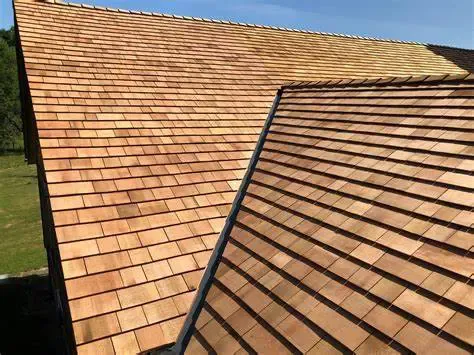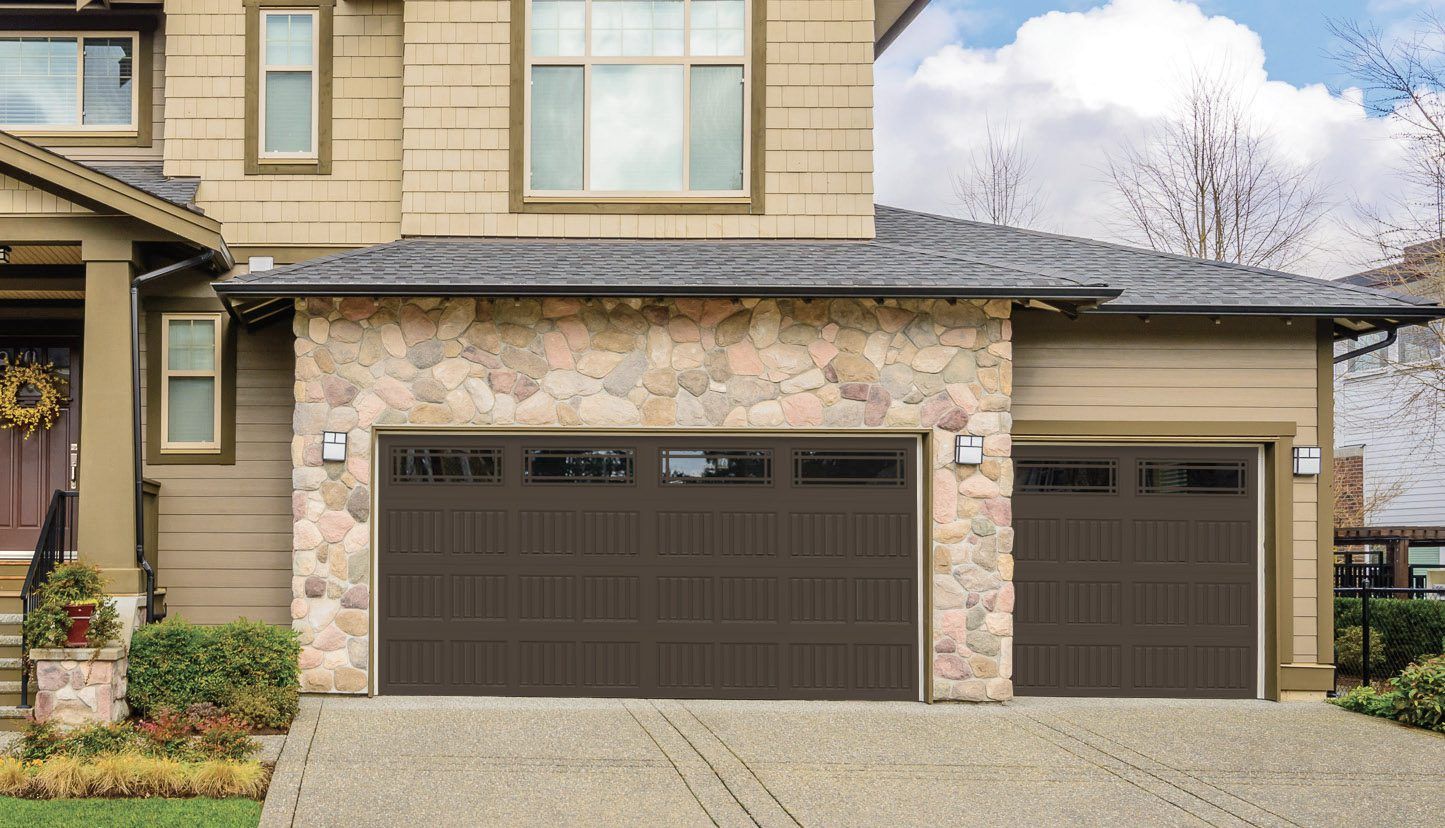The Importance of Storm-Proofing Your Roof
Severe weather conditions, including hurricanes, thunderstorms, and tornadoes, can cause significant damage to your home. The roof, being the most exposed part of your home, takes the brunt of the damage. Making sure your roof is storm-resistant is essential for safeguarding your home and family. The right upgrades can significantly enhance your roof's ability to endure severe weather and prolong its lifespan.
Key Roofing Upgrades for Storm Protection
-
1. Impact-Resistant Roofing Materials
A key method to storm-proof your roof is selecting impact-resistant materials. Materials such as metal, slate, and specially designed asphalt shingles can withstand high winds and flying debris better than traditional shingles. These materials are designed to resist damage and punctures during extreme weather.
-
2. Reinforced Roof Decking
The decking underneath your roofing materials is just as important as the roof itself. Reinforcing your roof deck with high-quality, durable materials ensures that it can hold up against strong winds. Properly secured decking helps prevent your roof from being lifted off during a storm, a common cause of widespread damage.
-
3. Upgraded Flashing and Sealant
Flashing is designed to protect your roof’s vulnerable areas—such as around chimneys, vents, and valleys—from water infiltration. Upgrading to high-quality flashing and sealant prevents water from seeping into your home, especially during heavy rain or wind-driven storms. For greater durability, choose flashing made from copper or aluminum.
-
4. Wind-Resistant Roofing Installation
Proper installation is key to ensuring your roof holds up under wind pressure. A professional contractor should install your roof using proper fasteners and techniques to ensure wind resistance. Hurricane clips and metal straps can be used to secure your roof, greatly enhancing its wind resistance.
-
5. Gutter and Downspout Maintenance
Gutters and downspouts play a crucial role in channeling rainwater away from your roof and home. If gutters become clogged, water may back up, leading to leaks and roof damage. Regularly maintaining your gutters and ensuring that they’re properly secured to the roof can prevent damage during heavy storms.
-
6. Installing a Roof Maintenance System
A roof maintenance system that automatically detects issues like leaks or loose shingles helps catch problems early. Some systems even include weather monitoring that alerts homeowners to extreme weather conditions, so you can prepare your roof in advance.
How to Choose the Right Roofing Contractor for Storm-Proofing
Choosing a reliable and experienced contractor is essential when upgrading your roof for storm protection. Seek contractors who specialize in storm-resistant roofing and have experience with impact-resistant materials. Additionally, ensure that they are licensed, insured, and familiar with local building codes that may require specific storm-proofing standards.
Final Thoughts on Storm-Proofing Your Home
Storm-proofing begins with selecting roofing upgrades that can endure the harshest weather conditions. By choosing quality materials and hiring a trusted contractor, you can protect your home from the dangers of severe storms. These upgrades protect your home and can save you money in the long run by preventing costly roof repairs.

Get Expert Storm-Proofing Services from Weathercraft Roofing
Ready to make your home storm-proof? Weathercraft Roofing offers storm-resistant roofing solutions built to last. Reach out today for a consultation and let our expert contractors help storm-proof your roof.
Schedule Your Free Storm-Proofing Consultation